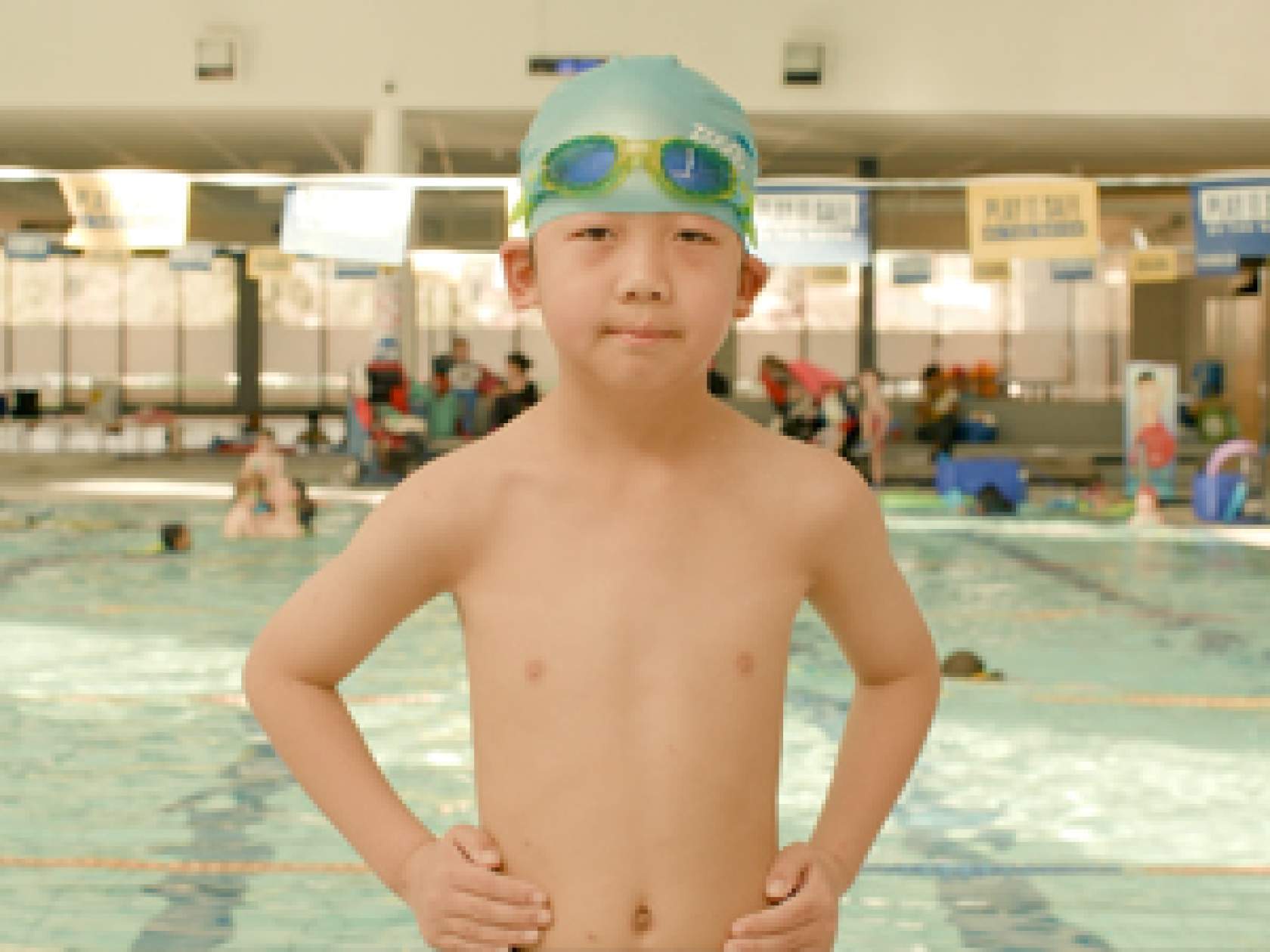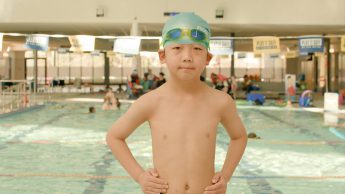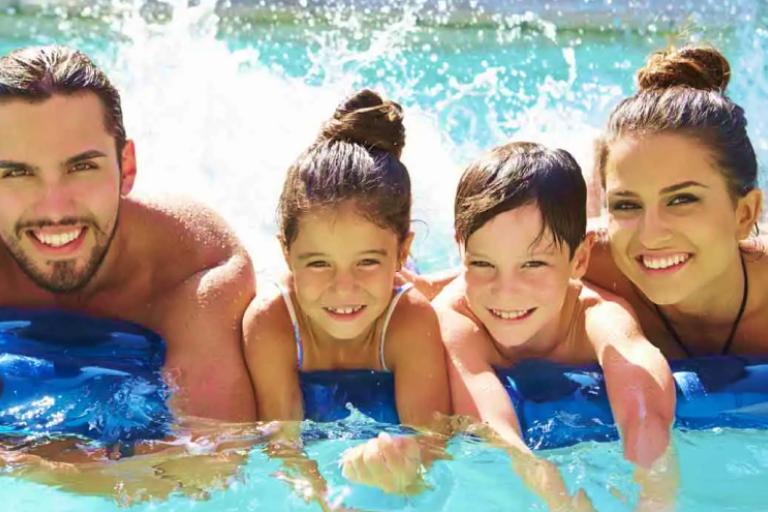10-year public pool drowning report shows supervision is key

 New Royal Life Saving Society (RLSS) research found 78 people fatally drowned at public and communal pools in Australia between 1 July 2005 and 30 June 2015. A further 362 people had a non-fatal drowning requiring hospitalisation.
New Royal Life Saving Society (RLSS) research found 78 people fatally drowned at public and communal pools in Australia between 1 July 2005 and 30 June 2015. A further 362 people had a non-fatal drowning requiring hospitalisation.
The report found that lack of supervision was a key factor in the drownings.
The RLSS report A 10 Year Analysis of Drowning in Aquatic Facilities: Exploring Risk at Communal, Public and Commercial Swimming Pools found that 36 deaths occurred at public and commercial swimming pools while a further 42 deaths occurred in communal swimming pools.
The public and commercial category includes public pools and aquatic centres, as well as pools at schools and fitness centres. The communal category includes pools at hotels, motels, apartment complexes and retirement villages.
Lack of active adult supervision still key
Key drowning risk factors in both locations were a lack of active adult supervision, pre-existing medical conditions, and a lack of swimming ability and water safety knowledge.
“Not all Australians have access to a private swimming pool, so public swimming pools are a vital resource used by local communities,” says RLSS Australia CEO Justin Scarr.
“Safety should always be a top priority around water. Parents and carers must actively supervise their children around water, even if lifeguards are present. All pool users should follow safety signs and any directions issued by staff,” he says.
Public and commercial swimming pools
Thirty six people fatally drowned in public and commercial pools between 1 July 2005 and 30 June 2015.
There were a further 257 non-fatal drowning incidents in public and commercial pools which were primarily children aged 0-4 years (45 per cent). Without the intervention of lifeguard actions, many of these non-fatal drownings may have resulted in a fatality.
Children aged 5-9 years accounted for the highest proportion of drowning deaths (19 per cent).
Adult or carer supervision had lapsed in 86 per cent of incidents.
The high proportion of children drowning in public pools reinforces the need for a comprehensive child supervision program, such as Keep Watch or Watch Around Water. These programs promote active adult supervision, with particular requirements for younger children and non-swimmers.
“Research shows that parents and carers need ongoing reminders about the importance of active adult supervision. We encourage all facilities to contact Royal Life Saving to become a program partner, and receive a range of resources for water safety,” says Scarr.
The vast majority of drowning deaths occurred among local residents, with 94 per cent of people who drowned living within the region. Males accounted for 81 per cent of all drowning deaths.
Medical conditions were another key risk factor, with 61 per cent of deaths known to involve a pre-existing medical condition. These commonly included cardiac conditions, such as ischaemic heart disease, as well as degenerative conditions and epilepsy.
Royal Life Saving is advising older Australians to be aware of any medical conditions they have, including how these conditions may impact their ability in the water. Regular check-ups with a doctor are encouraged, as well as taking any prescribed meducation as directed.
Communal swimming pools
Over the 10 years, 42 people fatally drowned in communal pools, with males accounting for 79 per cent of these deaths. People aged 25-34 years (19 per cent) accounted for the highest proportion of drowning, followed by people aged 65-74 years (14 per cent).
A further 105 cases of non-fatal drowning were recorded in communal swimming pools, with young children aged 0-4 years accounting for 45 per cent of cases and children 5-9 years accounting for 25 per cent of cases.
More than half of drowning deaths occurred in Queensland (52 per cent), with half of people who drowned found to be visitors to the location (50 per cent). Although drowning deaths occurred all year round, incidents peaked during summer (45 per cent).
“Drowning deaths in communal swimming pools often involved overseas or interstate tourists, with a spike in fatalities during the warmer months when people are on holiday,” says Scarr.
“It’s important that people learn swimming and lifesaving skills, particularly when visiting locations where lifeguards are not always present.”
Alcohol consumption was a key risk factor, with 21 per cent of deaths known to involve alcohol. At the levels recorded, alcohol is known to affect alertness, perception, vision, balance and reaction time.
Royal Life Saving advises people to avoid alcohol consumption around water and observe any safety signs around hotel and motel swimming pools.




